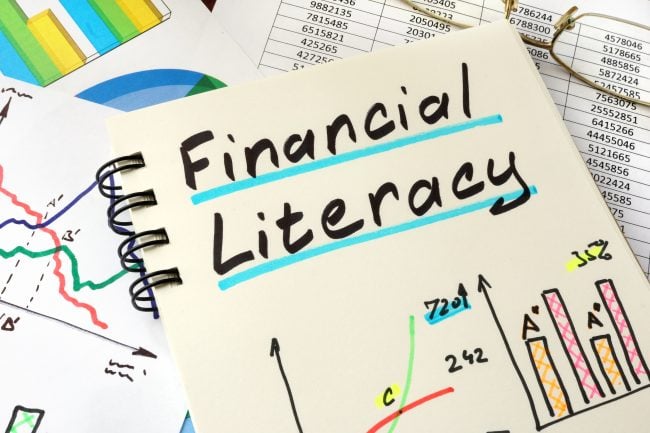 Credit/AdobeStock
Credit/AdobeStock
Credit unions are deeply committed to promoting financial literacy and enhancing financial wellness and capabilities within the communities they serve, and, each April, Financial Capability Month serves as a reminder of this. But what does financial capability mean? Quite simply, it's the ability to put financial knowledge and skills to work to help people better manage and protect their money, learn and build healthy financial habits and move closer to achieving their financial goals.
Despite the importance of financial literacy, many lack access to the educational pieces and resources needed to learn more and move forward. Moreover, admitting a lack of financial knowledge or past issues can be difficult, and, because of that, individuals may hesitate to seek assistance.
Recommended For You
Here's the good news: As member-owned and community-focused entities, credit unions are uniquely positioned to address these challenges. Credit unions have a vested interest in ensuring their members and communities are financially literate and capable, and have developed tailored financial education programs for both members and associates.
Bridging the financial literacy gap and promoting financial well-being among members is an ongoing commitment, one that credit unions can deliver on by focusing on three key strategies:
1. Providing members with the right educational resources. Credit unions today have created many resources to ensure people have access to unbiased and trustworthy financial information and educational content in order to gain a better understanding of financial concepts and products.
The more people understand the financial products, along with financial concepts like credit scores and how they factor into budgeting and financial decision-making, the more likely they'll be to achieve financial success. With the right educational components, such as online tools, in-person workshops, webinars or one-on-one meetings, members will be well-positioned to achieve their financial goals.
Additionally, by continuing to embrace technology, such as mobile apps and online tools, credit unions can make financial education more convenient and engaging for members. In addition to providing the basics of financial education, these platforms can provide personalized financial planning information, budgeting tools and on-demand access to additional educational resources.
Making digital tools more readily available is more than just the ability to access credit scores – it's about showing members how that metric can impact other things like loan rates and insurance premiums, and then providing actionable advice so they can improve their overall financial situation.
As credit unions continue to evaluate how they can further improve their financial education offerings and make these programs more impactful, many have begun embarking on partnerships with financial technology companies to develop integrated financial literacy courses that are available to both members and the public.
2. Equipping associates as advocates with the right tools to support members. In their pursuit to deliver effective financial literacy programs, credit unions are leveraging an advantage that online-only financial institutions typically lack – the relationships they have established with members and community partners.
By providing regular relationship-based training workshops, credit unions are helping their associates learn how to have more productive conversations with members to better identify their needs and recommend appropriate financial products and services.
In this way, credit union associates can focus on building relationships and getting to know people's individual situations so they can serve as advocates and point members to what is needed depending on what stage they're at on their financial journey, rather than simply promoting a broad and generic array of products and services.
3. Promoting awareness against fraud and financial scams. During Financial Capability Month there is also a focus on raising awareness of consumer protection and encouraging consumer education to help people recognize common scams and fraud tactics.
To protect members from falling victim to financial scams and potential fraud, credit unions are making fraud prevention resources more readily available to consumers so they can protect their finances and personal information. Having a robust set of tools available to members to control cards, provide alerts and more are crucial to stay in front of the fraudsters.
Behind the scenes, credit unions are implementing strong internal policies, technology solutions, monitoring and tools. This includes actively monitoring member accounts for suspicious activity and providing alerts about potential fraud and proper alerting when suspected fraud takes place.
Credit unions also provide employees with ongoing training on fraud detection and prevention procedures, helping position them as a first line of defense to identify potential red flags and irregular behavior. By taking a comprehensive training approach, associates can more easily spot unusual behavior or transactions.
By leveraging their relationships and employing diverse delivery methods, credit unions are effectively engaging their members and the community to impart the financial knowledge and skills they need to achieve long-term financial well-being.
 Brian Melter
Brian Melter Brian Melter is Chief Experience Officer for the $6 billion, Brookfield, Wis.-based Landmark Credit Union.
© Touchpoint Markets, All Rights Reserved. Request academic re-use from www.copyright.com. All other uses, submit a request to [email protected]. For more inforrmation visit Asset & Logo Licensing.






